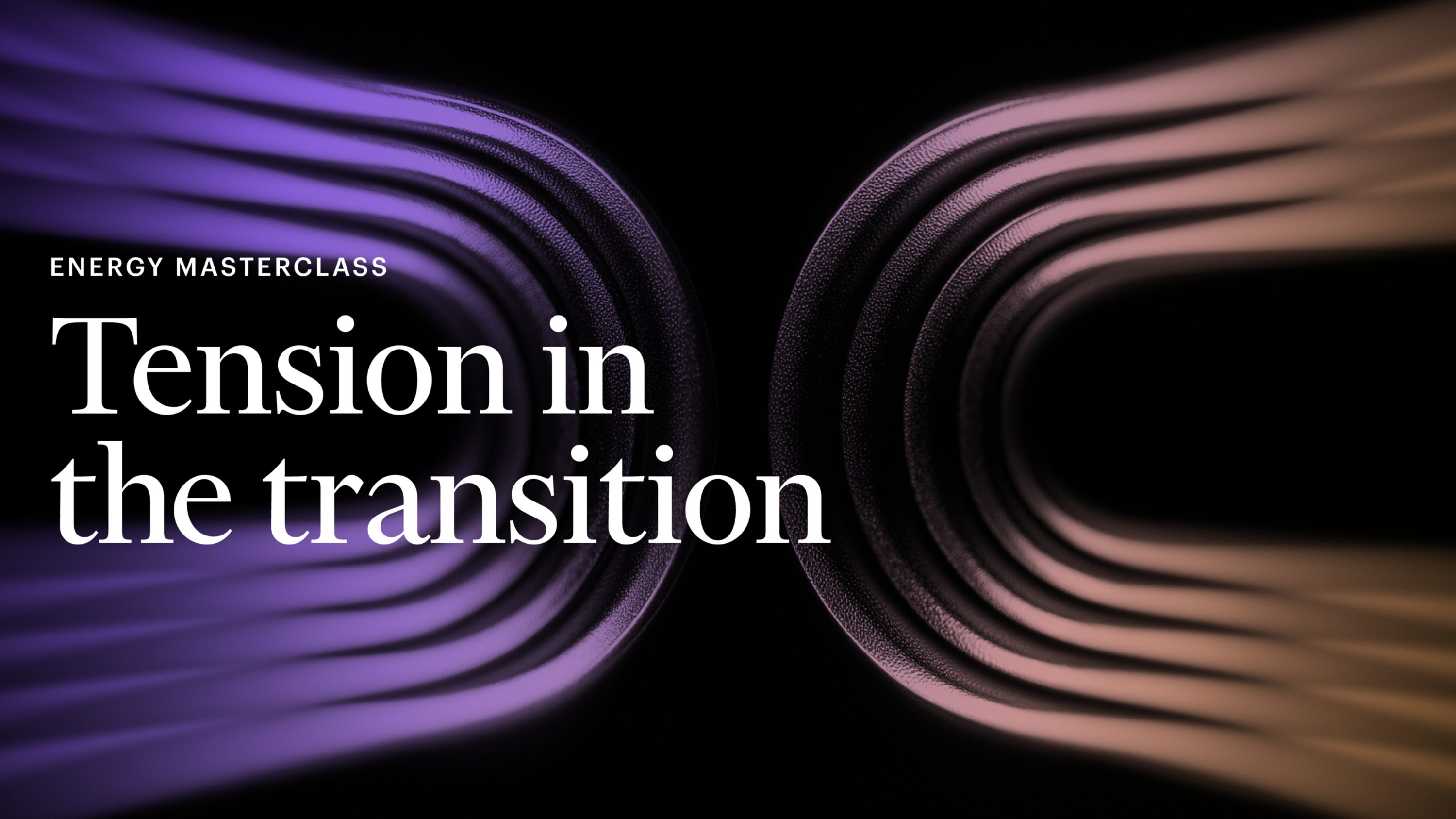
For years, the conversation in the sector has been dominated by “transition.” But recent shocks have rewritten the script. With almost two-thirds of energy leaders agreeing that political uncertainty is the single biggest threat to success, security is back at the top of the agenda.
That was the focus of our Tension in the Transition masterclass with Filipa Ribeiro, Head of Brand Strategy at Galp, and Henrik Habberstad, Head of Brand & Creative at Equinor. One message rose above the rest: this is no longer an “either/or” situation. It’s a “both/and”.
As Henrik put it, Europe’s energy narrative has turned “180 degrees in 180 days.” The invasion of Ukraine showed that shutting down the old while scaling the new wasn’t realistic. “It’s about doing both and doing it responsibly.”
Filipa underscored that point with a stark example: a total blackout in Portugal that left critical services reliant on traditional fuels. “Hospitals, firefighters, civil protection – they all needed conventional power to keep running.”
It was a moment of clarity. The world doesn’t just need transition – it needs security to keep societies functioning. Energy leaders can’t afford a straight swap from old to new. The path forward is about balance, securing today while building tomorrow. This is the tightrope brands must walk. Here’s how to get the balance right:
1. Stop sugar-coating
Bold ideas are the fuel of transformation. But boldness doesn’t mean just turning up the volume – it’s saying something different, disruptive, and true.
Henrik framed it as, “It’s not just a bold idea but a realistic idea told in an interesting way.” Creativity, in other words, has to be tethered to reality. Without substance, it’s just noise.
For Filipa, boldness is inseparable from honesty “The company has to be bold enough to say the truth – even if you’re selling solar, you can admit that gas might still be needed in winter. That honesty is what helps people believe they are making a difference”. Boldness is not posturing. It’s candor, delivered with conviction.
The company has to be bold enough to say the truth – even if you’re selling solar, you can admit that gas might still be needed in winter. That honesty is what helps people believe they are making a difference.Filipa Ribeiro
Head of Brand Strategy, Galp
And both leaders agreed: if we want ideas to stick, we need to humanize the story. Too often the industry hides behind kilowatts, capacity curves, or regulatory jargon. But data doesn’t inspire belief. People do. A strong verbal identity with sharp headlines, resonant words, and messages that stir emotion is what turns ambition into something people can feel.
Emotion is not decoration. It’s the single most powerful driver of trust.
2. Resilience is everyone’s job
If bold ideas are the spark, resilience is what keeps the fire burning.
Filipa offered a simple truth: “Sometimes it’s better to be silent and stay consistent, rather than just shoot around slogans.” In a sector where policies change overnight, consistency is an anchor that builds resilience.
“If you have a plan, you’re ready to navigate the competition. Be resilient. Everyone has to be resilient with policies changing,” she added. The transition demands organizations where adaptability is muscle memory, built into every team.
Henrik agreed that resilience is about balance: moving forward without overpromising, and innovating without abandoning reliability. It’s about recognizing that in energy, today and tomorrow must be delivered simultaneously.
3. Relevance builds belief
Underpinning all of this is relevance. A brand can only lead if it speaks to the realities its audiences live with. Employees want to know why their work matters. Customers want to see impact in their daily lives. Investors want a story that links decarbonization to returns.
That relevance has to be built from the inside out. If employees don’t buy in, external stakeholders never will. Internal alignment – fixing the inside first – is what gives the external brand credibility.
As Filipa put it, “If you can’t sell your value proposition to your own employees, you’ll never sell it to customers.”
It’s not just a bold idea but a realistic idea told in an interesting way.Henrik Habberstad
Head of Brand & Creative, Equinor
The critical balance
The message was clear. Energy leaders need to show how they’re securing the world’s energy while balancing this with meeting the transition. The challenge is “both/and”: security and transition, honesty and ambition, resilience and disruption.
In a world where the narrative can flip in “180 days,” only those brands bold enough to disrupt, resilient enough to adapt, and realistic enough to be believed will come through stronger.
Watch the full discussion with Filipa and Henrik, up on our YouTube channel here.



